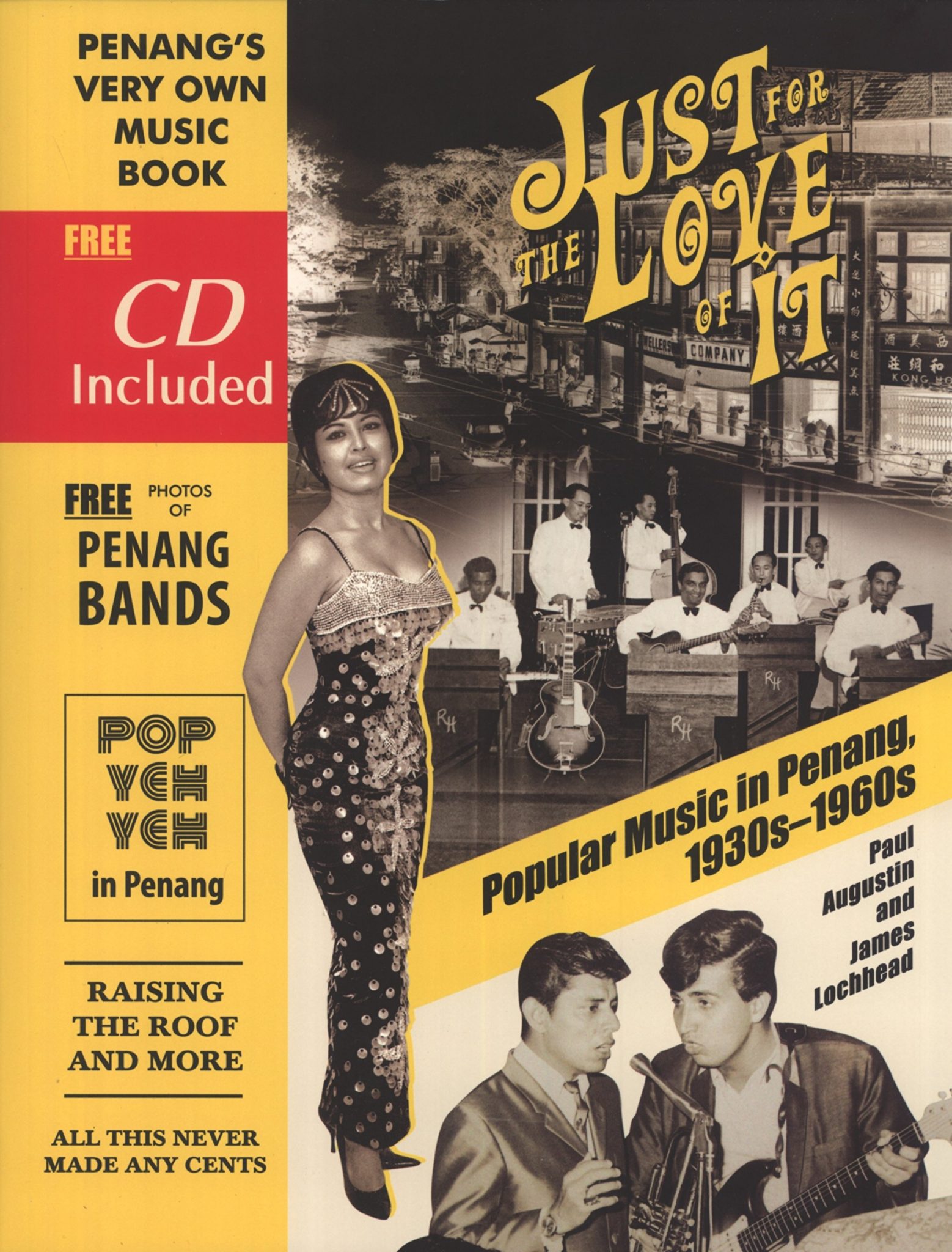Having previously been under the control of the sultan of Kedah (one of the earliest sultanates on the Malay Peninsula), the sparsely populated island of Penang was colonised by the British (under the auspices of the East India Company) in 1786. It quickly became a major free port and trading centre with legislated freedom of religion, all of which contributed to the fact that by the twentieth century its population included a mix of residents who traced their roots to the earliest indigenous Malays, nonindigenous Malays, Chinese, Baba Nyonya (descendants of early Chinese settlers who integrated some Malay customs into their heritage), Indians, Eurasians and Europeans.
Compiled by the founder of Penang Island Jazz Festival (Augustin) and a locally based arts advocate and journalist (Lochhead), Just for the Love of It uses a history of Penang’s music as both a nostalgic trip into the island’s recent past and an enjoyable (as in, nonacademic) index of its cosmopolitan, multiethnic culture. Illustrated with ads, newspaper cuttings and photographs, it’s even designed in a way that replicates mid-twentieth-century aesthetics. Early on we’re introduced to ronggeng (a musical style and social dance said to have originated in Malacca as a fusion of influences brought by Portuguese settlers and Malay traditions, as well as Western popular songs), boria (which originated in Persia) and bangsawan (which originated in Bombay), and the general rise of the leisure industry during the first few decades of the twentieth century. At this point the focus switches to the distribution of music and the emergence of radio stations and their role in keeping the Second World War at a distance (Penang’s economy boomed at the beginning of the war, until the British deserted in December 1941 and the Japanese arrived with the following opening broadcast: ‘Hello, Singapore, this is Penang calling. How do you like our bombing?’). And radio’s role in the distribution of propaganda in Penang really began. All of these themes (plus the emergence of cinema as the most important distributor of music) are drawn together in the sections documenting the postwar years and the rise of the modern entertainment industry together with the influence and adaptation of Western popular music (and the rise of Beatles-style kugiran bands) and the rampant commercialisation associated with it. The twist and the mashed potato replaced ronggeng in popular affection and boria became part of heritage culture. If you want a lighthearted guide to a Southeast Asian encounter with modernity, this is it. It comes with a CD too!
From the Winter 2016 issue of ArtReview Asia
